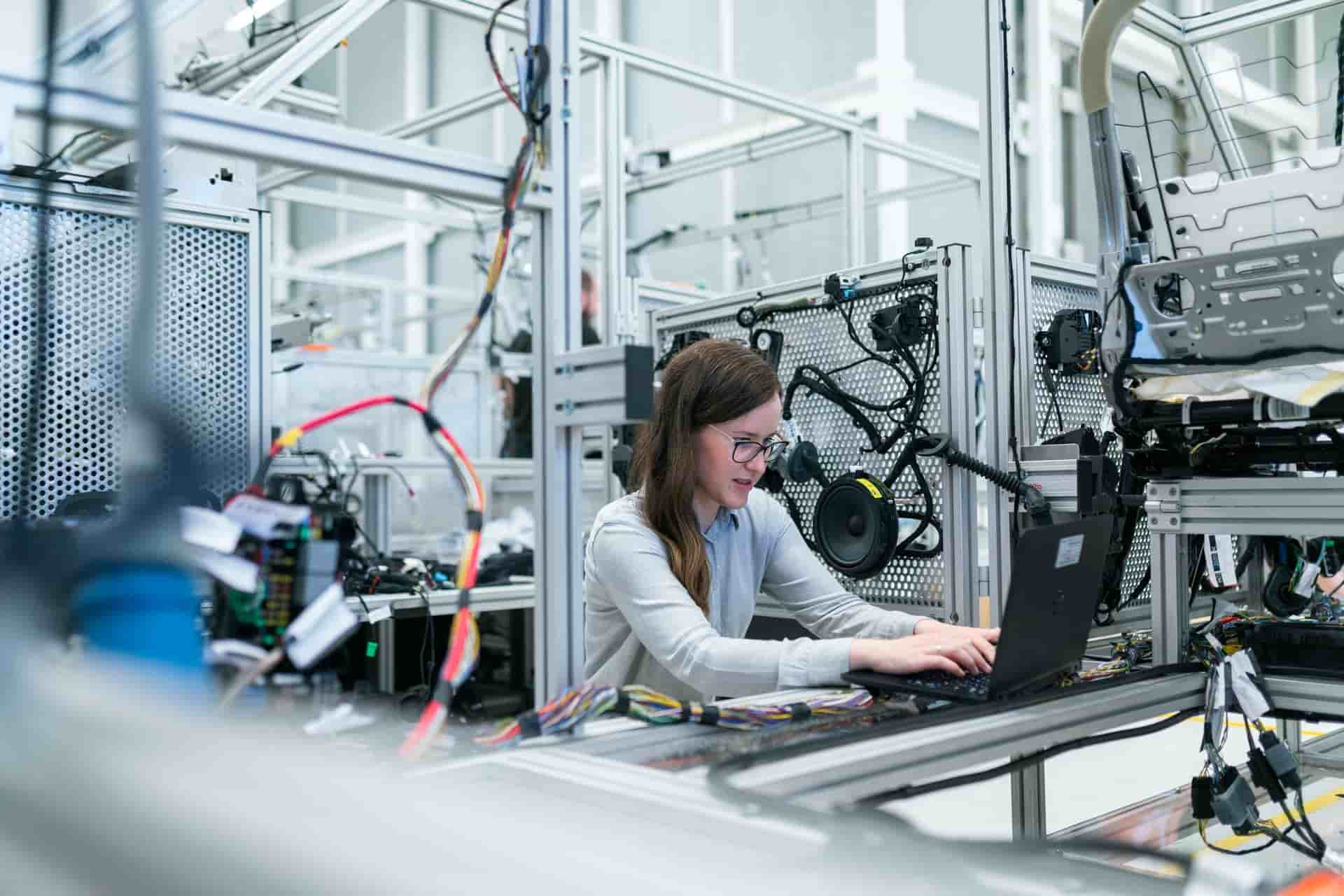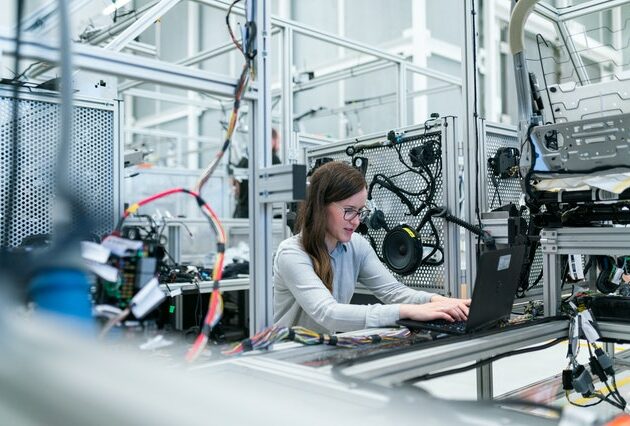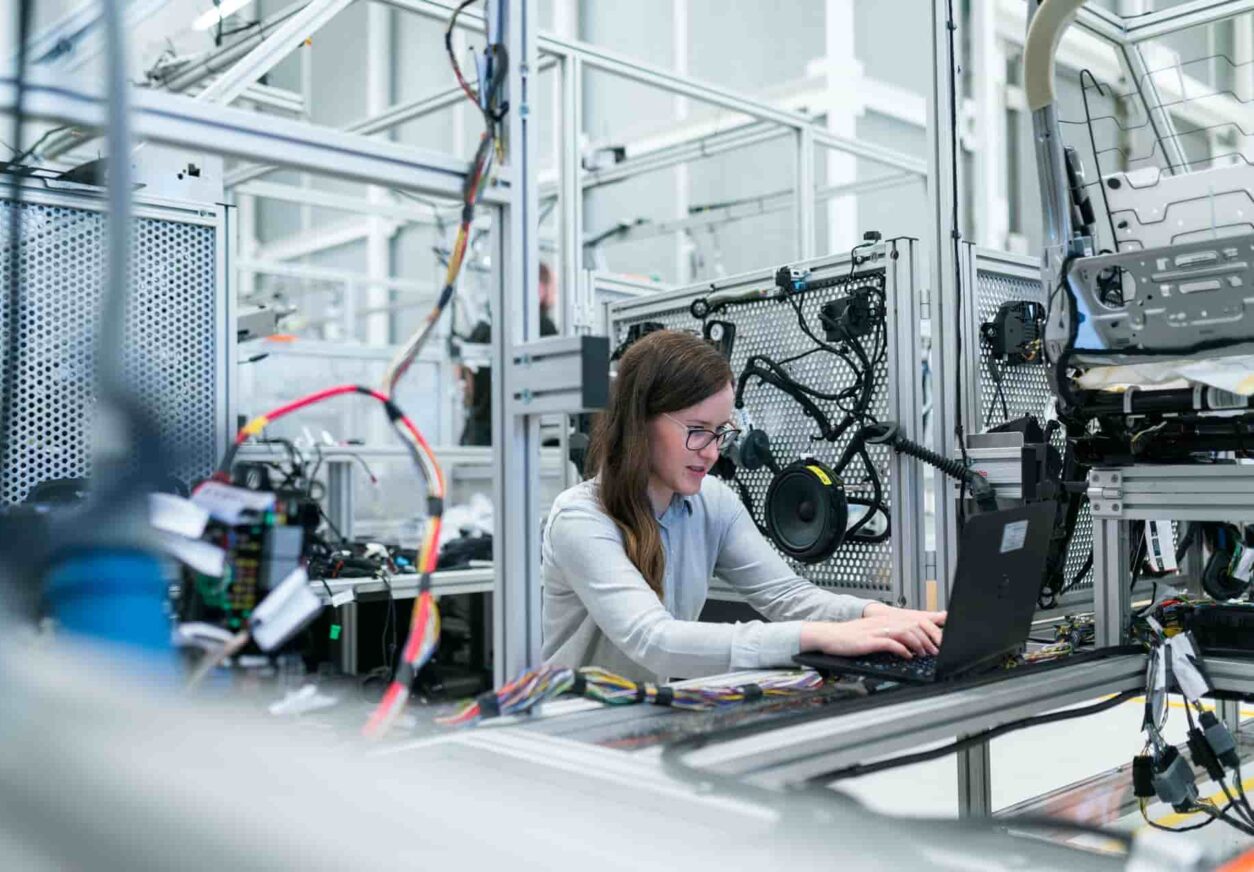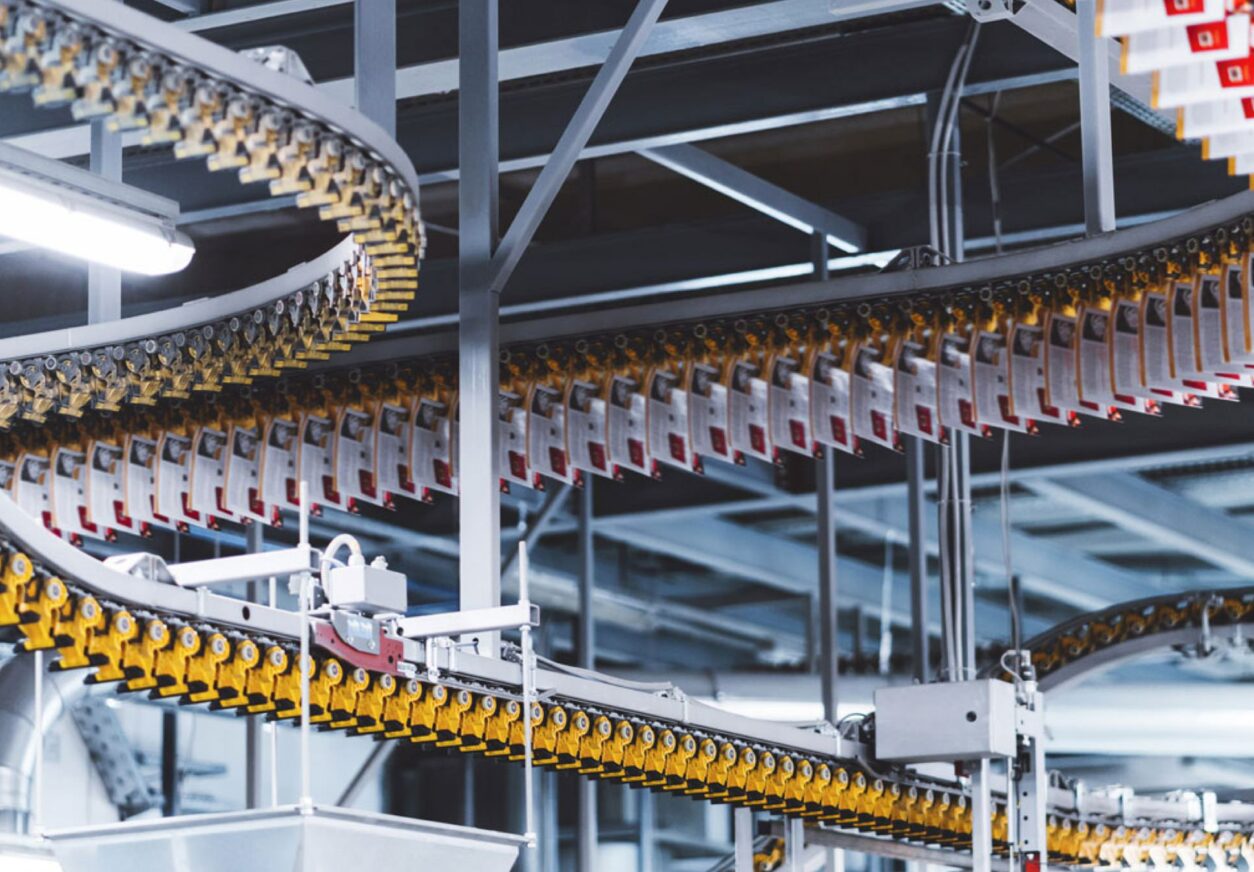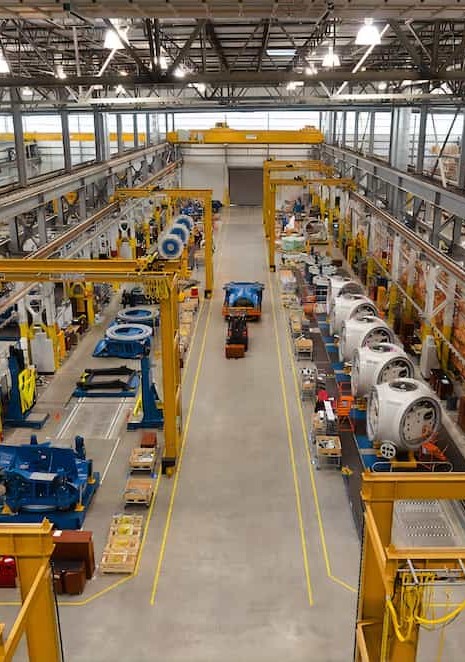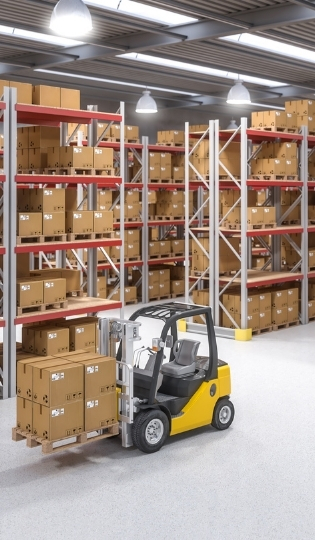To increase productivity, many industries now use production management software. As a tool for continuous improvement, this software has a significant impact on all aspects of production, from procurement to execution issues to the final product.
The two most commonly used types of software are ERP and MES. In this article we will look at the main differences between these two tools and the situations in which they are used.
What is ERP?
To begin with, what is ERP? ERP, an acronym for Enterprise Resource Planning, is a type of software used in production units to manage resources.
In practice, ERP makes it possible to:
- Indicate the type and quantity of material required to complete an order,
- Indicate the lead times to be considered for an order, depending on overstock and supplier flexibility,
- Collect production data.
All the information in the ERP system comes from the entries made by the employees or from other software implemented by the company. The use of an ERP is therefore organisational, by the support services and the production manager.
What is MES?
MES (Manufacturing Execution System) is software that allows production to be monitored. To describe it, we often say that it is the “conductor” of a factory.
This software is therefore used to organise all industrial production. In practice, MES can :
- Automate production orchestration through artificial intelligence-based process control,
- Optimise maintenance protocol through intelligent monitoring and predictive maintenance solutions,
- Establish a connection between the supply chain and the manufacturing floor through automatic order upload and execution.
MES thus serves as a link between the factory operators and the supply chain.
What are the differences between ERP and MES?
ERP and MES software have one major difference: the time scale. While ERP works in hours, MES works in minutes or even seconds. Thus, the ERP does not have a fine enough mesh to collect and process data in real time.
The ERP therefore displays and consolidates information from the shop floor, focusing on daily or weekly production management. On the other hand, MES software provides, in real time, the right information to the right person at the right time: data collection, indicators and execution support.
The two types of software share other differences, such as the detail of the information. Because they respond to different expectations, they offer different levels of detail.
Complementary solutions
The differences between ERP and MES make them complementary solutions for the exchange, exploitation and consolidation of the company’s production data. Thanks to a mutual supply of information, the MES software can, for example, manage the production schedule and work instructions by retrieving the relevant information from the ERP.
SCADA: the third layer of production control software
In addition to ERP and MES, there is another type of software: SCADA. SCADA (Supervisory Control And Data Acquisition) is a category of software that encompasses digital control solutions and automated machine control.
SCADA software is supervisory software that serves as a direct link to the machine. By directly analysing the data from the sensors, the software allows direct action on the production machine program, by modifying certain parameters.
By combining these three software layers, a company can control its production more effectively by adopting a continuous improvement approach, thus encouraging an increase in productivity.
Written by Emma Guignard
